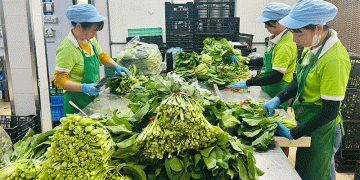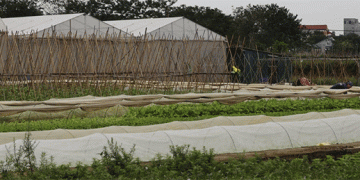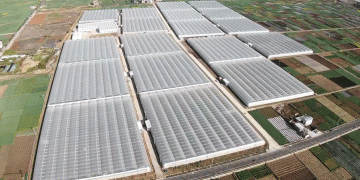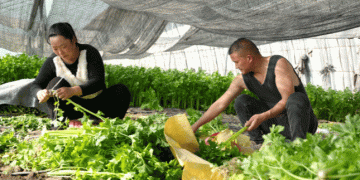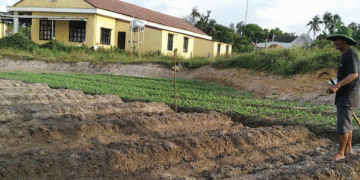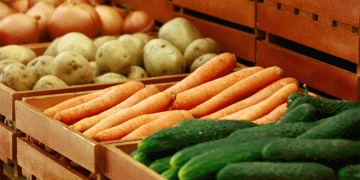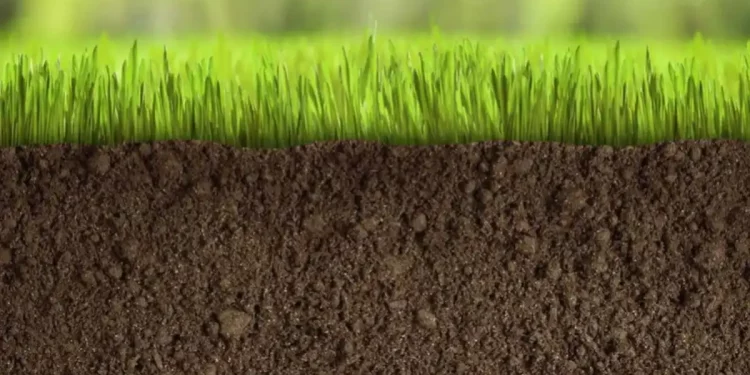The journal “Soil Science” (No. 12) published a review “Allelotoxicity of Soils” by employees of the Agrarian Center of Moscow State University and the Faculty of Soil Science of Moscow State University I.V. Gorepekina, d.b.s. G.N. Fedotova and corresponding member. RAS S.A. Shoby.
Allelopathy is a process of stimulation or inhibition involving secondary metabolites produced by plants, algae, bacteria and fungi that affect the growth and development of agricultural and biological systems.
stpulscen.ruPhoto: stpulscen.ru
The accumulation of allelopathic substances in the soil is the leading mechanism in the formation of soil fatigue – a decrease in soil fertility during the cultivation of cultivated plants on them.
Therefore, the study of the manifestations of allelopathy in soils is an important and, at present, practically unused reserve for increasing the yield and quality of agricultural products.
The modern classification of substances with allelopathic effects covers tens of thousands of compounds, the number of which is increasing every year. These compounds do not remain unchanged in ecosystems, but undergo chemical transformations (hydrolysis, oxidation, polymerization), are absorbed by flora and fauna (including soil) or are sorbed by clay minerals and soil organic matter. As a result, the observed biological effects can vary markedly, and the determination of the chemical nature of the isolated substances will not be able to say anything about the nature of their interaction in the mixture. This complicates practical research in the field of allelopathy, however, the use of biotesting methods makes it possible to overcome these difficulties.
With their help, it becomes possible to implement a number of practically significant areas to reduce the negative impact of allelotoxins in agrocenoses on the development of cultivated plants:
selection of crops/varieties that have the greatest resistance to the complex of allelotoxins of a particular soil, which remained from the previous crop.
removal of allelotoxins from soils by washing.
activation of microbiological activity to accelerate the processing of allelotoxic compounds.
the use of sorption compositions to limit the availability of allelotoxins in the soil for plants.
It should be noted that only the first direction, implemented through the use of crop rotations, has become widespread in agricultural practice, while the development of the others can significantly improve existing agricultural technologies.
Further study of soil allelotoxicity will make it possible to solve applied problems of increasing the yield of cultivated plants by developing methods to reduce the negative impact of soil allelotoxicity on plants.
In addition, the results obtained can be used in soil science to obtain additional information and expand our understanding of the functioning of the soil–plant system.















